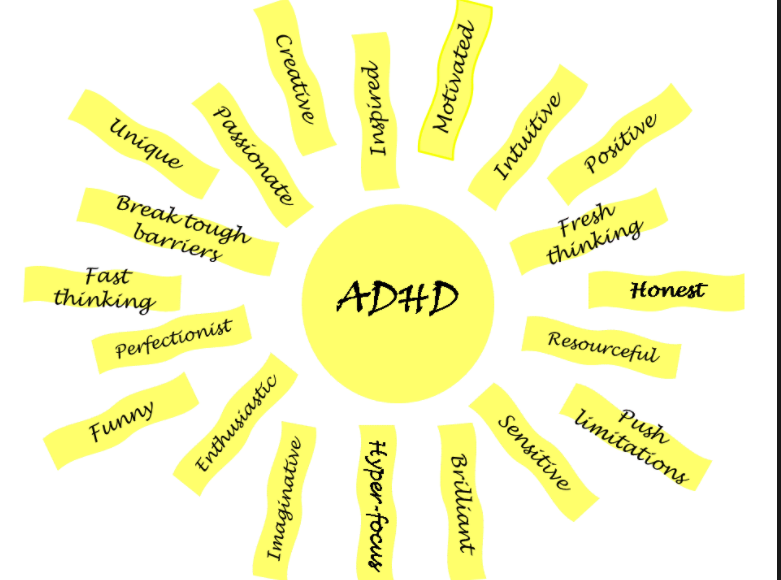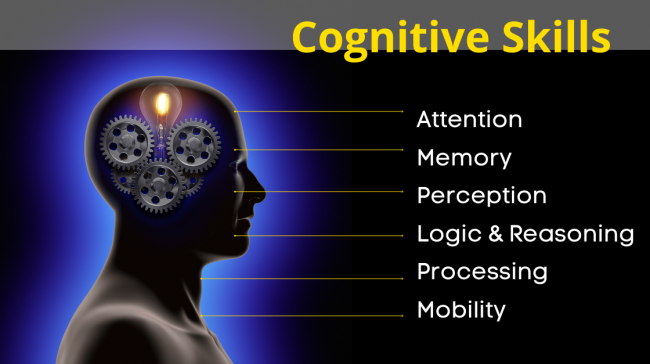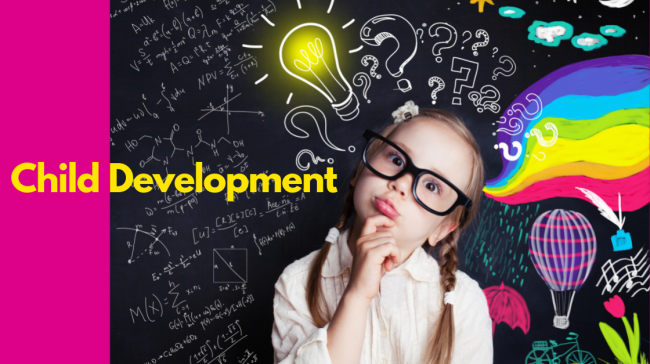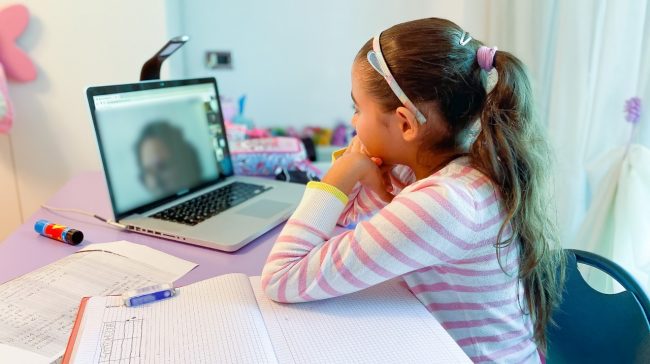Attention deficit hyperactivity disorder (ADHD) is a complex neuro development disorder that can affect your child’s success at s chool, as well as their relationships. The symptoms of ADHD vary and are sometimes difficult to recognize.

Many of the individual symptoms of ADHD can be expected for any child to experience. So, to make a diagnosis of ADHD, your child’s doctor will need to evaluate your child using several criteria.
ADHD is generally diagnosed in children by the time they’re teenagers, with the average age of diagnosis being 7 years old. Older children exhibiting symptoms may have ADHD, but they’ve often exhibited rather elaborate symptoms early in life.
Here are 14 common signs of ADHD in children.
-
Article Contents
Self-focused behavior
A common sign of ADHD is what looks like an inability to recognize other people’s needs and desires. This can lead to the next two signs: interrupting and trouble waiting their turn.
-
Interrupting
Self-focused behavior may cause a child with ADHD to interrupt others while they’re talking or butt into conversations or games they’re not part of.
-
Trouble waiting their turn
Kids with ADHD may have trouble waiting their turn during classroom activities or when playing games with other children.
-
Emotional turmoil
A child with ADHD may have trouble keeping their emotions in check. They may have outbursts of anger at inappropriate times. Younger children may have temper tantrums.
-
Fidgetiness
Children with ADHD often can’t sit still. They may try to get up and run around, fidget, or squirm in their chair when forced to sit.
-
Problems playing quietly
Fidgetiness can make it difficult for kids with ADHD to play quietly or engage calmly in leisure activities.
-
Unfinished tasks
A child with ADHD may show interest in lots of different things, but they may have problems finishing them. For example, they may start projects, chores, or homework, but move on to the next thing that catches their interest before finishing.
-
Lack of focus
A child with ADHD may have trouble paying attention, even when someone is speaking directly to them. They’ll say they heard you, but they won’t be able to repeat back to you what you just said.
-
Avoidance of tasks needing extended mental effort
This same lack of focus can cause a child to avoid activities that require a sustained mental effort, such as paying attention in class or doing homework.
-
Mistakes
Children with ADHD can have trouble following instructions that require planning or executing a plan. This can then lead to careless mistakes — but it doesn’t indicate laziness or a lack of intelligence.
How to manage ADHD?
Increasing Your Child’s Social Awareness
Research finds that children with ADHD tend to be extremely poor monitors of their own social behavior. They often do not have a clear understanding or awareness of social situations and the reactions they provoke in others. They may feel that an interaction with a peer went well, for example, when it clearly did not. ADHD-related difficulties can result in weaknesses in this ability to accurately assess or “read” a social situation, self-evaluate, self-monitor, and adjust as necessary. These skills must be taught directly to your child.
Here Brain Checker helps you to overcome your child’s ADHD problem.
Brain Checker has designed a Program which is based on child’s cognitive development. I.e. Brain Stamina Program.
Now you may have this question what is brain stamina program? How its help to develop your child’s cognitive skills, so let’s see key points of brain stamina program
- Over 200 Hours of Interactive Cognitive Brain Development Program
- Based on Dr. J.P.Guilford’s Structure of Intellect Theory
- More than 260 Levels of Gamified Environment
- 2 Years Validity for Sustained Brain Development
- Works on Right & Left Brain Development
- Augment’s Kinesthetic, Auditory & Visual Learning Styles
- Lifetime Development of 45 Core Cognitive Skill
Teach Skills Directly and Practice, Practice, Practice
Children with ADHD tend to have hard time learning from past experiences. They often react without thinking through consequences. One way to help these kids is to provide immediate and frequent feedback about inappropriate behavior or social miscues. Role-playing can be very helpful to teach, model, and practice positive social skills, as well as ways to respond to challenging situations like teasing.
Focus on one or two areas that are most difficult for your child, so that the learning process doesn’t become too overwhelming and so that your child is more likely to experience successes.
Keep in mind that many kids with ADHD have difficulty with the basics, like starting and maintaining a conversation or interacting with another person in a reciprocal manner (for example, listening, asking about the other child’s ideas or feelings, taking turns in the conversation, or showing interest in the other child), negotiating and resolving conflicts as they arise, sharing, maintaining personal space, and even speaking in a normal tone of voice that isn’t too loud.
Clearly, identify and give information to your child about social rules and the behaviors you want to see. Practice these prosaically skills again and again and again. Shape positive behaviors with immediate rewards.
Create Opportunities for Friendship Development
For preschool and elementary school age children, play dates provide a wonderful opportunity for parents to coach and model positive peer interactions for their child and for the child to practice these new skills. Set up these play times between your child and one or two friends at a time — rather than a group of friends.
Structure the play time so that your child can be most successful. Be thoughtful about the length of time the playmate will run and the activities that will keep your child most interested. Think of yourself as your child’s “friendship coach.”
As a child gets older, peer relationships and friendships are often more complicated, but it is equally important for you to continue to be involved and to facilitate positive peer interactions. The middle school and high school years can be brutal for a child who struggles socially. Even if a child remains unaccepted by the peer group at large, having at least one good friend during these years can often protect the child from the full-on negative effects of ostracism by the peer group.
Research and get involved in groups in your community that foster positive peer relationships and social skills development—Boy Scouts, Indian Guides, Girl Scouts, Girls on the Run, sports teams, etc. Make sure the group leaders or coaches are familiar with ADHD and can create a supportive and positive environment for learning prosaically skills.
Communicate with the school, coaches, and neighborhood parents, so that you know what is going on with your child and with whom your child is spending time. A child’s peer group and the characteristics of this group have a strong influence on the individuals within the group.
A middle or high school age child who has experienced social isolation and repeated rejection and simply wants to “belong” somewhere is often more vulnerable to moving into any peer group that will be accepting—even when that group is a negative influence.
Work With the School to Improve Peer Status
Once a child is labeled by his or her peer group in a negative way because of social skills deficits, it can be very hard to dispel this reputation. In fact, having a negative reputation is perhaps one of the largest obstacles your child may have to overcome socially.
Studies have found that the negative peer status of children with ADHD is often already established by early-to-middle elementary school years and this reputation can stick with the child even as he or she begins to make positive changes in social skills. For this reason, it can be helpful for parents to work with their child’s teachers, coaches, etc. to try to address these reputational effects.
Young children often look to their teacher when forming social preferences about their peers. A teacher’s warmth, patience, acceptance, and gentle redirection can serve as a model for the peer group and have some effect on a child’s social status. Establish a positive working relationship with your child’s teacher. Share about your child’s areas of strength and interests, as well as areas of weaknesses, and strategies you have found to be most helpful in minimizing those weaknesses.
When a child has experienced failures in the classroom, it becomes even more and more important for the child’s teacher to consciously find ways to draw positive attention to that child. One way to do this is to assign the child special tasks and responsibilities in the presence of the other children in the classroom. Make sure these are responsibilities in which your child can experience success and develop better feelings of self-worth and acceptance within the classroom.
Doing this also provides opportunities for the peer group to view your child in a positive light and may help to stop the group process of peer rejection. Pairing the child up with a compassionate “buddy” within the classroom can also help facilitate social acceptance.
Don’t forget the basics. Collaborate with your child’s teacher to make sure the classroom environment is as “ADHD-friendly” as possible so that your child is better able to manage ADHD symptoms. Work together with the teacher (and coach or another adult caregiver) on effective behavior management approaches, as well as social skills training.
Medication, when appropriate, is often helpful in reducing the negative behaviors that peers find off-putting. If your child is on medication to help manage symptoms of ADHD, be sure to work closely and collaboratively with your child’s doctor. In order for the medication to provide the optimal benefit that it can in helping to manage the core ADHD symptoms, there is often an ongoing need to monitor, fine-tune, and make adjustments along the way.





This articles on adhd is most useful for me….thanx
Hello, its good article concerning media print, we all be familiar with media is
a wonderful source of data.
I every time used to study post in news papers but now
as I am a user of internet thus from now I am using net for
posts, thanks to web.
“nice read! These are the kinds that interests me and make me focus in reading from start to end.
More power!”””
Hello,
I’d like to give you money via paypal for you to post a link to my site. Would you be interested in something like that?
Stephen
I do not even know how I ended up here, but I thought
this post was good. I don’t know who you are but certainly you
are going to a famous blogger if you aren’t already 😉 Cheers!
I read this post fully about the comparison of hottest and preceding
technologies, it’s amazing article.